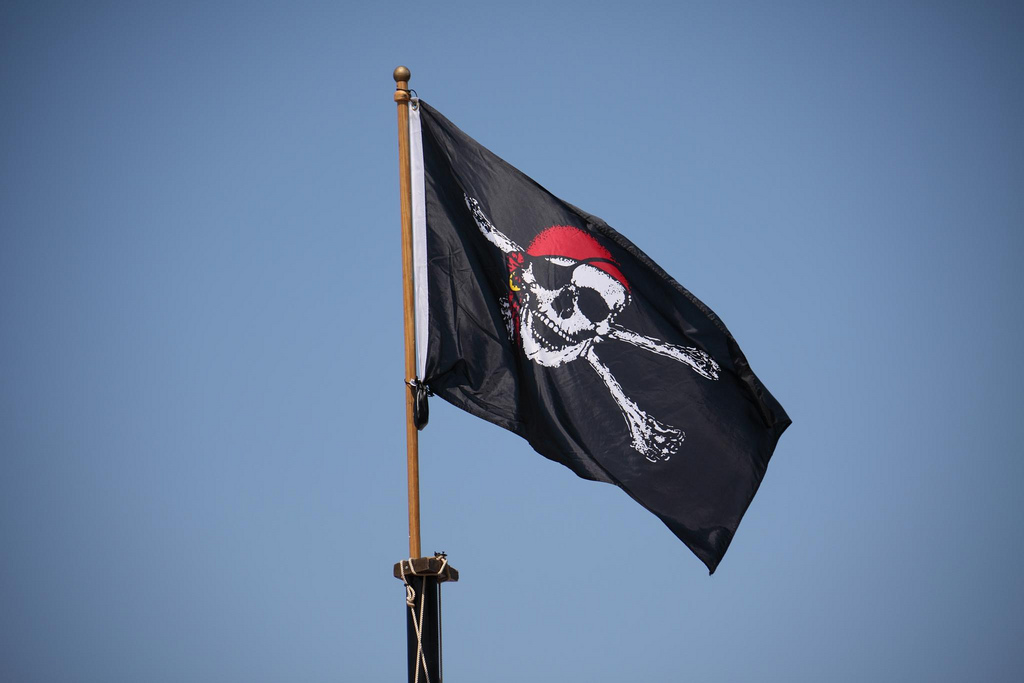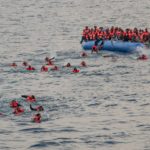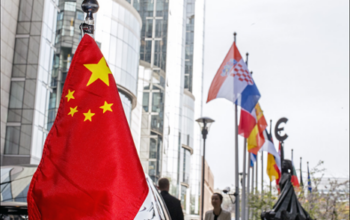Piracy as a phenomenon is as old as the first ships. When we hear the word ‘pirate’, we mostly think about the buccaneers who roamed the Caribbean during the 17th and early 18th century, the Golden Age of Piracy, and inspired characters such as Captain Jack Sparrow and Robert Louis Stevenson’s Long John Silver. However, the history of piracy started long before that and is far from over. Throughout history there has hardly been a coast that has not been haunted by pirates.
Globalisation Enters the Stage
The connection between piracy and globalisation dates back to time immemorial. Globalisation is typically defined by technological development, international interconnectedness and interdependence through trade and exchange, not only in an economic but also in a cultural sense. With the division and specialisation of labour, trade networks expanded. First, on a much smaller geographical scale but over time these early trade networks developed and the Age of Discovery brought about an acceleration of the globalisation process.
Fast forward to the twenty-first century: We live in the era of globalisation. My laptop is made in China, the glass I am drinking from in Bulgaria, and the very idea for this article springs from an American TV series about pirates, filmed in South Africa with actors from all over the world. For the Western world globalisation means profit and new possibilities. But there are other parts of the world that are buried beneath the underbelly of globalisation. And that is where modern piracy comes in.
The Rise of Piracy in Somalia
Paul Brannigan, from the independent global media platform openDemocracy, describes that the shipping routes around the Horn of Africa, the coast of West Africa, and the Strait of Malacca are essential for our modern, globalised economy. And that is where, according to the IMB Live Piracy Map, most pirate attacks take place. In Somalia piracy was initially an attempt of fishers to protect their livelihood that by now has not only become an ‘industry’ but a serious security threat with economic consequences due to higher costs of security measures for shipping companies.
Due to its civil war, Somalia has not had an effective state apparatus since 1991, a condition international companies have taken advantage of. Since Somalia has no navy or coastguard its waters have become vulnerable to illegal fishing, and the dumping of toxic and nuclear waste off the Somali coast. According to the UN, the cost for European companies to dump their waste in Somali waters is about a hundredth of that for getting rid of it cleanly in Europe. The overfishing and pollution of the area have led to an undermining of the local fishing industry.
The UN has attempted to regulate the jurisdiction and ownership of the oceans through the United Nations Convention on the Law of the Sea (UNCLOS) which was implemented in 1994. But not only have these regulations increased the competition among local fishers due to limitations on the waters they are allowed to fish in, furthermore UNCLOS is ineffective in the case of Somalia because it is lacking the means to enforce the regulations and thus, prevent illegal activities by foreign companies.
Piracy in Southeast Asia
Something similar is happening in Southeast Asia. As in Somalia, UNCLOS has increased the competition and limited the fishing areas of the fishers. Those who therefore fish illegally become an easy target for pirates, and do not report the attacks due to their own illegal activities which only further increases their very own piracy problem. Since the 1950s new, more effective fishing technologies have been developed. Combined with the destruction of habitats of fish, such as reefs and estuaries, and water pollution it has led to overfishing and consequently increased poverty among fishers. In 1997 poverty increased due to the Asian financial crisis. Despite an economic recovery since then, there still is widespread poverty in many Southeast Asian countries, and indeed many pirates are unemployed sailors, fishers or taxi-boat drivers.
How Globalisation Fueled Piracy
Despite their geographical distance, these two examples of piracy off the Horn of Africa and piracy in Southeast Asia have more in common than just minor details. The exploitation of the sea off the coasts, the impacts of globalisation, and the destruction of the respective fishing industries have subsequently created the socio-economic conditions that have contributed to the rise of piracy. Moreover, criminal organisations use the given conditions for their advantage by, for example, hiring people who quickly need to earn money and lack employment prospects contributing to the transformation from opportunistic piracy to a piracy industry.
Yet, as we draw our focus back to Somalia, it is not only due to the socio-economic conditions in Somalia that so many pirate attacks occur there. The routes around the Horn of Africa, Africa’s west coast are important for international trade and therefore much trafficked which has been made possible by free trade agreements and plays into the hands of organised criminals.
According to Paul Brannigan, the advances in technology have led to significant social, political and economic progress in the developed world, but used by pirates they are turned into a weapon against it. In fact, technology is key to successful pirate operations: for instance GPS devices are used to track down target vessels, and satellite telephones are used for communication among the pirates. In addition, according to New African Magazine, many ships have relatively small crews due to the use of advanced technology which makes it easier for pirates to overpower that crew.
There is a sense of irony here. Globalisation has led to profits for developed countries who in turn exploit less developed countries creating issues such as piracy which then turn into problems for developed economies. And the advantages of globalisation turn out to be merely one side of a coin as they also play into the hands of pirates.
By Merle Emrich
Photo Credit:
Pirate Flag, Andrew Smith, CC BY-SA 2.0
Pirates Surrender, Defence Images, CC BY-NC-ND 2.0
Somalia, macalin, CC BY-NC-ND 2.0












